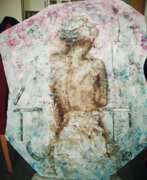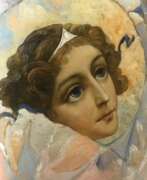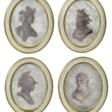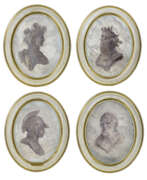Fresco
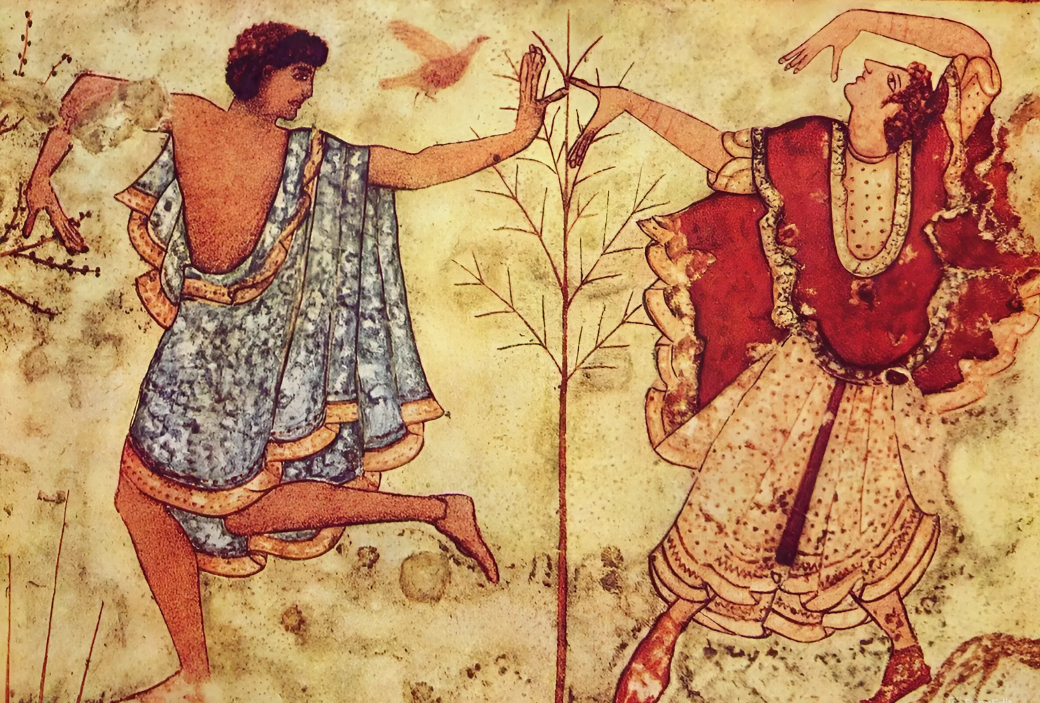
Fresco
Fresco was an ancient technique of mural painting, renowned for its vibrant colors and durability. Originating from the Italian word "affresco," meaning "fresh," this technique involves applying pigment onto freshly laid lime plaster, allowing the colors to become an integral part of the wall surface as it dries.
Fresco painting has been practiced since antiquity, with notable examples found in the Minoan civilization's palaces and the Roman city of Pompeii. One of its special features is the ability to create large-scale, enduring artworks that withstand the test of time. The technique requires precision and speed, as artists must work quickly before the plaster sets.
Some of the most famous frescoes include Michelangelo's Sistine Chapel ceiling and Giotto's Scrovegni Chapel frescoes. These masterpieces are celebrated for their intricate detail and vivid storytelling, and can be viewed in their respective locations in Vatican City and Padua, Italy.
For collectors and art enthusiasts, fresco paintings represent a significant historical and artistic value. Sign up for updates on new product sales and auction events related to fresco art to stay informed about opportunities to acquire these timeless works.
| Country: | Ancient Greece, Ancient India, Ancient Rome, Asia, Byzantine Empire, Europe, Germany, Italy, Spain, Tsardom of Russia |
|---|---|
| Start of the period: | II millennium BC |


